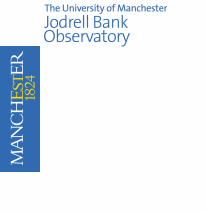Chapter 8
Pulsar timing
Opening Paragraph
Figures
Further Reading
Available Resources
 8.01.gif original - 5 kB  8.02.gif original - 16 kB  8.03.gif original - 9 kB  8.04.gif original - 9 kB  8.05.gif original - 13 kB  8.06.gif original - 7 kB |
TEMPO
PSRTIME
TIMAPR
PLOTRES
RHYTHM
TempoTK
SuperTEMPOFurther Reading
Available Resources
TEMPO homepage. Includes manual and installation instructions.
Documentation.
TIMAPR is a pulsar timing program for high precision timing data analysis.
References:
1
2
Local download: lk.f (3k), xlk.f (5k)
manual
Not yet included
Not yet completed
